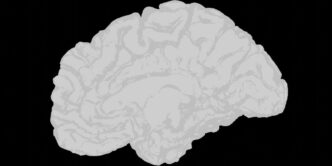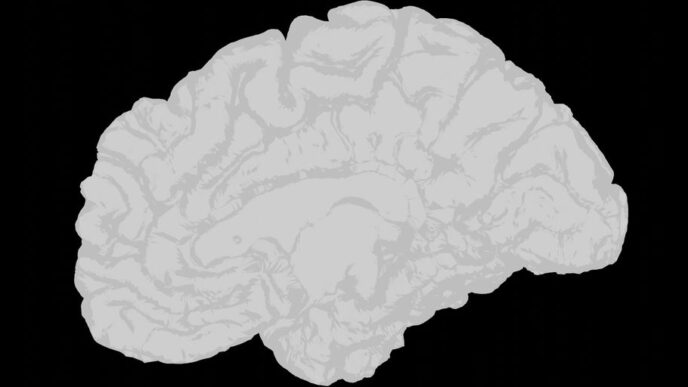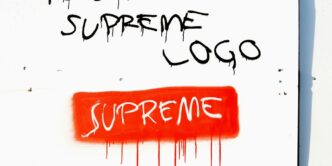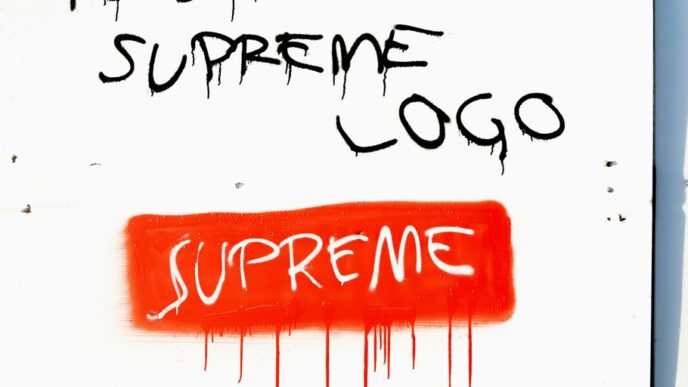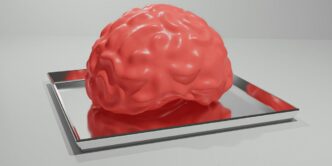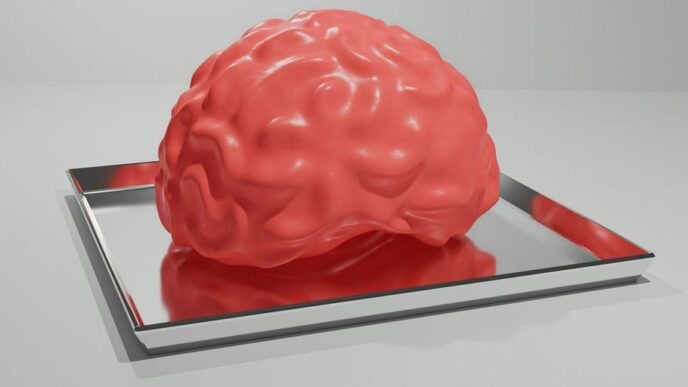In recent months, the internet has seen an unprecedented surge in AI-generated content, often referred to as "AI slop." This phenomenon has raised concerns about the authenticity of images and the potential for misinformation as billions of AI-generated images flood social media platforms.
Key Takeaways
- Over 15 billion AI-generated images are circulating online.
- AI-generated content often features unrealistic details and absurd scenarios.
- Identifying AI-generated images requires attention to detail and context.
The Explosion of AI-Generated Images
The advent of generative AI technologies has led to a dramatic increase in the production of artificial images. Since the release of the first generative AI programs in 2022, users have created millions of images daily. For instance, OpenAI’s DALL-E 2 generates over 2 million images each day, contributing to the staggering total of approximately 916 million images in just 15 months.
This rapid growth has resulted in a new type of online spam, characterized by bizarre and nonsensical images designed to attract clicks and interactions. Examples include surreal depictions like a shrimp-shaped Jesus and anthropomorphic animals, showcasing the absurdity that often accompanies AI-generated content.
Identifying AI-Generated Content
As the quality of AI-generated images improves, distinguishing between real and artificial content becomes increasingly challenging. Here are some common indicators to help identify AI-generated images:
- Human Features: AI often struggles with human anatomy, leading to distorted hands, misaligned eyes, and unnatural facial proportions.
- Text Distortion: AI-generated images frequently contain gibberish or nonsensical text, particularly on signs and labels.
- Lighting and Shadows: Inconsistent lighting and misaligned shadows can indicate artificiality, as AI may not replicate natural light behavior accurately.
- Unnatural Flawlessness: AI tends to smooth out textures excessively, resulting in overly polished surfaces and skin that lacks natural imperfections.
- Repetitive Patterns: AI struggles to create distinct elements, leading to cloned objects or repeating details in images.
- Contextual Oddities: Look for mismatched cultural references or objects that seem out of place, which can signal AI generation.
The Implications of AI Content Flooding
The proliferation of AI-generated content poses significant challenges for individuals and organizations alike. As misinformation spreads, the ability to discern real from fake becomes crucial. This is particularly important in contexts such as politics, where AI-generated images have been used to manipulate public opinion.
For instance, a hyper-realistic AI image was shared as evidence in a political critique, demonstrating how easily misinformation can be propagated. Additionally, scams utilizing AI-enhanced images have resulted in significant financial losses for unsuspecting victims.
Conclusion
As AI technology continues to evolve, the internet will likely see even more AI-generated content. While these advancements offer exciting possibilities, they also necessitate a heightened awareness of the potential for misinformation. By understanding the telltale signs of AI-generated images, users can better navigate the digital landscape and protect themselves from deception.



